Vetch-oat mixture as green manure, norms and timing of sowing, care rules
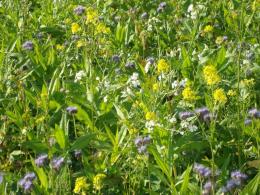
Soil fertilization is a serious problem that worries every homeowner.
Many people do not trust chemical fertilizing, believing that it can be harmful to health; in this case, original methods of fertilizing the soil do not help, for example, sown a vetch-oat mixture as green manure.
Content:
- What are green manures, the benefits of their use
- Is planting green manure considered crop rotation?
- What plants are used as green manure, percentage composition of the vetch-oat mixture
- How and when to plant oats and vetch, seeding rates
- What care will be required
- Growing vetch-oat mixture for animal feed and silage
What are green manures, the benefits of their use
Green manure (green manure plants or green manure) - a group of plants that are sown for subsequent incorporation into the soil. After they form a sufficiently lush green mass, they are buried in drops.
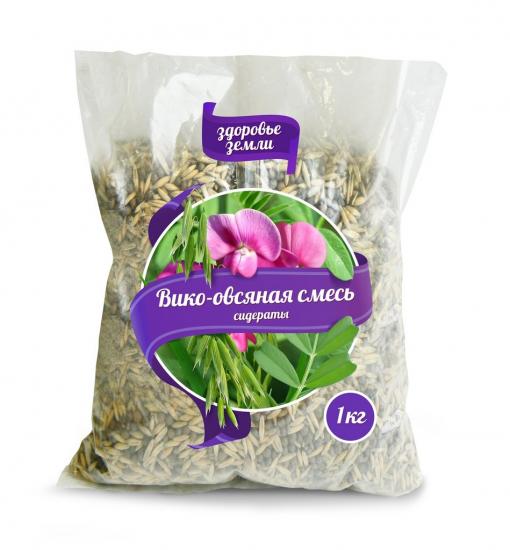
Thus, it enriches the soil with nitrogen, inhibiting the growth of weeds.
In addition, such fertilizers prevent the development of pathogenic fungi and bacteria that cause diseases of cultivated plants.
Green manure is an environmentally friendly and absolutely safe alternative to chemical fertilizers.
Green fertilizers replenish nutrients in the soil without the danger of excess.
Is planting green manure considered crop rotation?
Since sowing green manure plants requires a break in planting, the use of green fertilizer also refers to crop rotation crops. In addition, when planting these varieties, it is important to take into account the individual characteristics of the plants and their chemical composition.
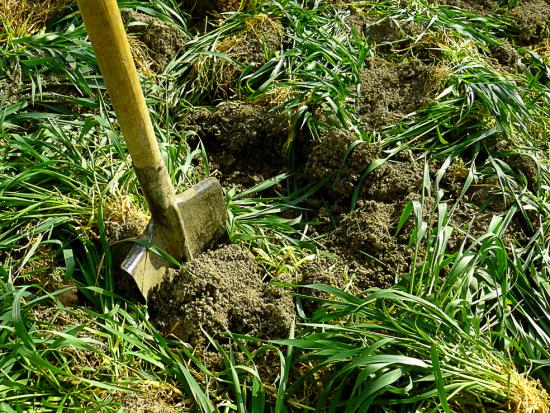
So, for example, mustard can be planted to prepare soil for potatoes, but mustard as a precursor is not suitable for representatives of the cruciferous family. For the latter, tomatoes are the best predecessor.
Planting of green manure plants is carried out as follows:
- The area is cleared of weeds and the soil is loosened;
- Seeds are sown sparingly to stimulate the growth of green mass;
- After the flowering period begins, the greens are cut and embedded in the soil.
Like any crop in crop rotation, it is important to consider that green manure can only be planted in the same place after three years. Otherwise, there is a danger of soil saturation.
What plants are used as green manure, percentage composition of the vetch-oat mixture
One of the most common plants used as green manure is vetch and oats, which produce a large percentage of tops. The only drawback of vetch is its overly fragile stems, so it is planted together with cereals.
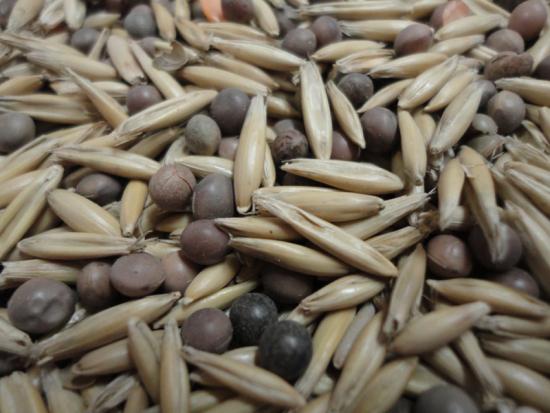
In general, it is legumes that are most often used as green fertilizers. This is due to the large percentage of useful substances that are part of the tops.
The vetch-oat mixture is planted mainly in the fall, after the harvest has been harvested.
There is no particular difference in the percentage of vetch and oat seeds when planting. However, for those who prefer accuracy, 20% vetch in the seeds is enough, sometimes even ten is enough.Planting can be done either in rows or scattered, there is not much difference.
We will learn about the benefits of green manure, their selection and sowing rules by watching the video:
How and when to plant oats and vetch, seeding rates
When planting, it is important to take into account that oats and vetch do not tolerate severe drought and low temperatures. Therefore, planting can be done either in the fall after harvesting, or in the spring, before planting the main crops.
The optimal time for planting in the spring is before the soil dries out, immediately after the snow melts. This period is optimal in terms of the amount of moisture, which means that spring shoots will be as juicy as possible and should be cut before the flowering period.
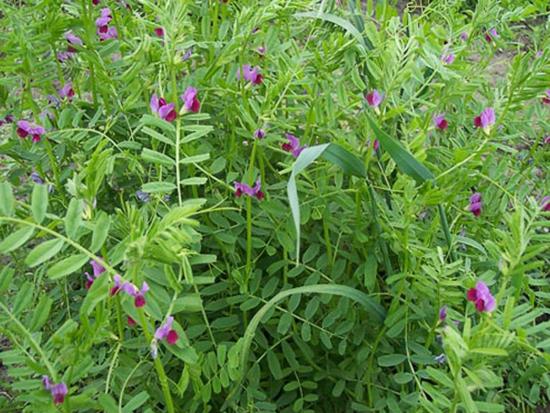
Thus, when green manure rots, large amounts of carbon dioxide and nitrogen are released.
When planting in autumn, the green mass will have time to form before the onset of cold weather. In this case, there is no need to cut the tops; it is enough to leave them for the winter until spring and, after the snow has melted, they need to be dug in, preparing the soil for planting the main crops.
The seeding rate per hectare is 180 kg. In this case, 80 kg are allocated for oats, and 100 kg for vetch.
An excess of green manure can be used to make hay or silage.
What care will be required
Caring for green manure plants is not particularly difficult; in order for the green mass to gain the maximum possible amount of useful substances, it is enough to carry out harrowing before and after the first shoots.
In the second case, it is important to wait until vetch and oats have up to three leaves, and beans have up to four.
It is recommended to cut green fertilizers at the flowering stage.By this period, the plants will have time to accumulate the largest possible amount of nutrients necessary to enrich the soil.
Growing vetch-oat mixture for animal feed and silage
In addition to being widely used in agronomy, vetch-oat mixture is used in livestock farming, both for sowing pastures and for preparing silage.
When dried, the mixture of these plants is not as coarse as hay, and therefore is absorbed much better.
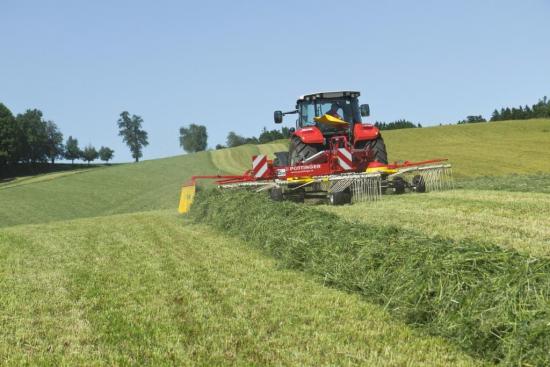
However, it is important to consider that, despite all the advantages, it has rather low nutritional values; it contains only:
- Up to 20% dry matter;
- 0.7% fat;
- Up to 4% proteins;
- 45 mg carotene;
- 6% fiber.
As in the case of fertilizers, it is recommended to cut plants for silage in the budding phase, when vetch and oats have accumulated a sufficient amount of nutrients.
Vetch-oat mixture is one of the most common examples of natural fertilizers.
An environmentally friendly and safe fertilizer, when used correctly, is suitable as a fertilizer for crops and as a silage base for animals.
About sowing vetch-oat mixture and using it as green manure and feed, watch an interesting video:

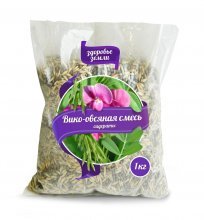
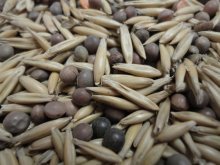
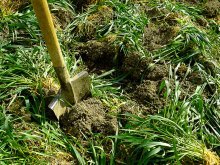
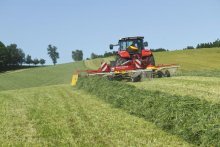
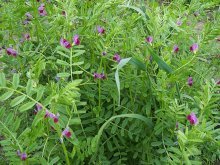
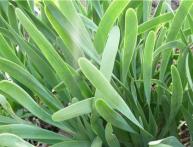
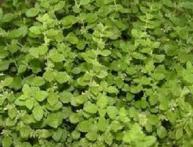
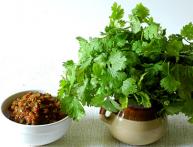
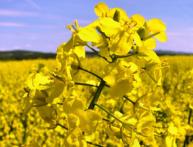
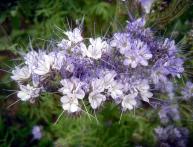

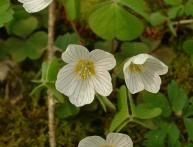
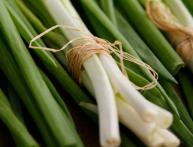
Comments
Digging up such grass later is perhaps the most difficult thing; this is one of the most important reasons why most people prefer the usual manure to this fertilizer.
Of course, green manure can improve the soil on the site. enrich it with nitrogen. But still, we should not forget about organic fertilizers. which, together with green manure, will ensure a high yield.
The use of green manure is a very beneficial measure for the soil, but there has never been time to do this; it was always easier to use ash and manure as a source of mineral and organic substances to increase soil fertility.